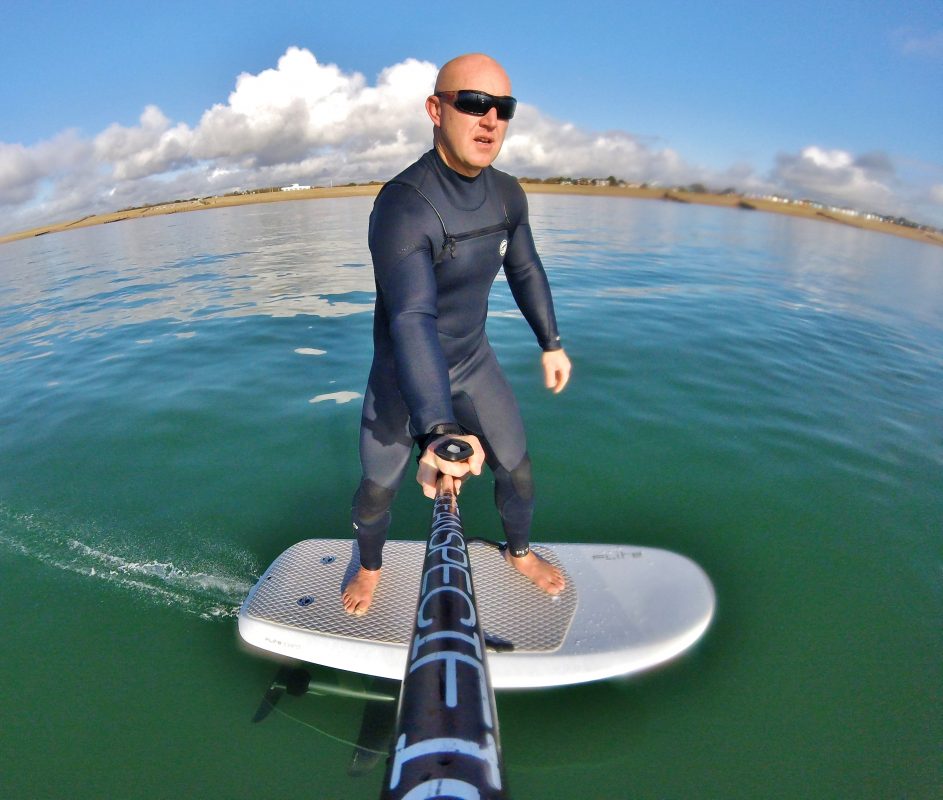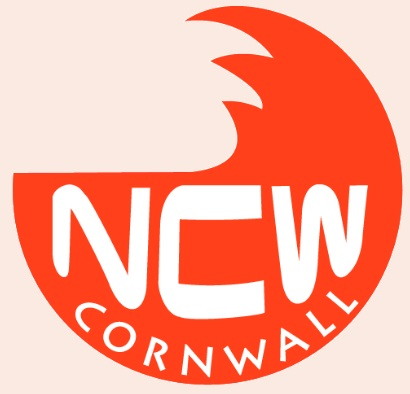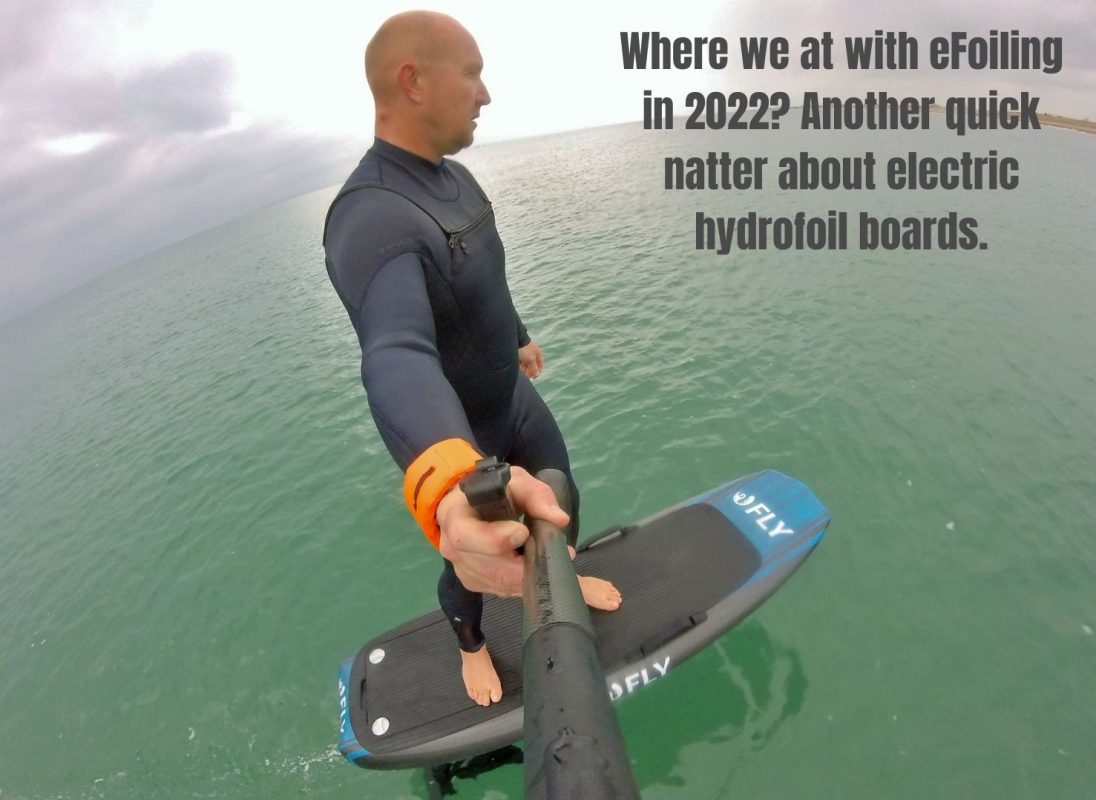A while back we published a blog post about eFoiling – or electric hydrofoil board riding if you will. To recap (or describe if you’re unfamiliar with the concept) electric hydrofoil boards are hydrofoils powered with a Lithium Ion battery and controlled via a Bluetooth, wireless throttle. Being electric, and having power (literally) at your fingertips negates the need for wind, wave or human pump power. Having a battery to provide electric propulsion means eFoil boards can used (in theory) at any waterway, anytime. The biggest prohibiting factor can be cost for many. But things change. So we thought we’d catch up with our man in the foiling know to see where we’re at with eFoiling today.
eFoiling in 2022.
There’s definitely a cost issue with eFoils. The cheapest model you can purchase right now is around £7k. With the most expensive being about £15k. That’s a lot of wonga – too much for many potential riders to swallow. And yet, eFoiling’s popularity has grown considerably since our last chat about the subject.
With the ability to fly above water, wherever that waterway is located, and all without the need for wind or waves (like wing foiling or surf foiling) the temptation is too much for some. So beg, steal and borrow their way to owning an eFoil is what’s happened.
Other ways to achieve the eFoiling dream is start your own hire and/or tuition business. I know quite a few people who’ve done this. Working with brands there’s an initial cost outlay to get a fleet of eFoil boards. But then through lessons and/or hire that cost is recouped. In some instances, there’s a sales element too whereby hire schools sell eFoil models to their customers. This means a further cost kickback and another way to keep the eFoiling dream alive. Of course, if you’re contemplating this you need the initial wonga to splash on gear. But that can be done in a variety of ways, such as a business loan.
eFoiling for the masses.
During the last few years eFoil boards have evolved. They’re still costly (mostly down the battery and throttle controller). But electric hydrofoil boards are now easier to use than previously. Plus, modular upgrades and swap outs (such as with front foil wings) are available. Having purchased you’re initial sled tuning and tweaking performance is easier to achieve these days.

eFoils have also gone specialist. Whilst it’s all about cruising for the majority there are specific products available for wave riding, carving and long distance touring. Racing too, although that’s pretty niche still. This evolution will only continue.
Further eFoil developments.
In terms of eFoil evolution there have been further developments. Extending battery life is one area of focus. Lighter materials for the boards is another. But a big push centers around the propulsion system. The top brands have put considerable work into this.
One foiling brand, Takuma, recently launched their new generation eFoil which features jet propulsion. This removes the propeller element and arguably makes eFoiling safer. Even newer (in fact in the last few days, as of Sept 23, 2022) Takuma has launched the eTow. Sort of like a drone it works off a remote the rider controls and tows them along whilst on a non-powered foil board. It’s very new, and the debate around its appliation(s) and legalities of using are still in motion.
There’s much more to come as foiling in general advances.
If you’re interested in finding out more about eFoiling then why not visit our sister site – foilshop.co.uk -where you’ll find more info.

